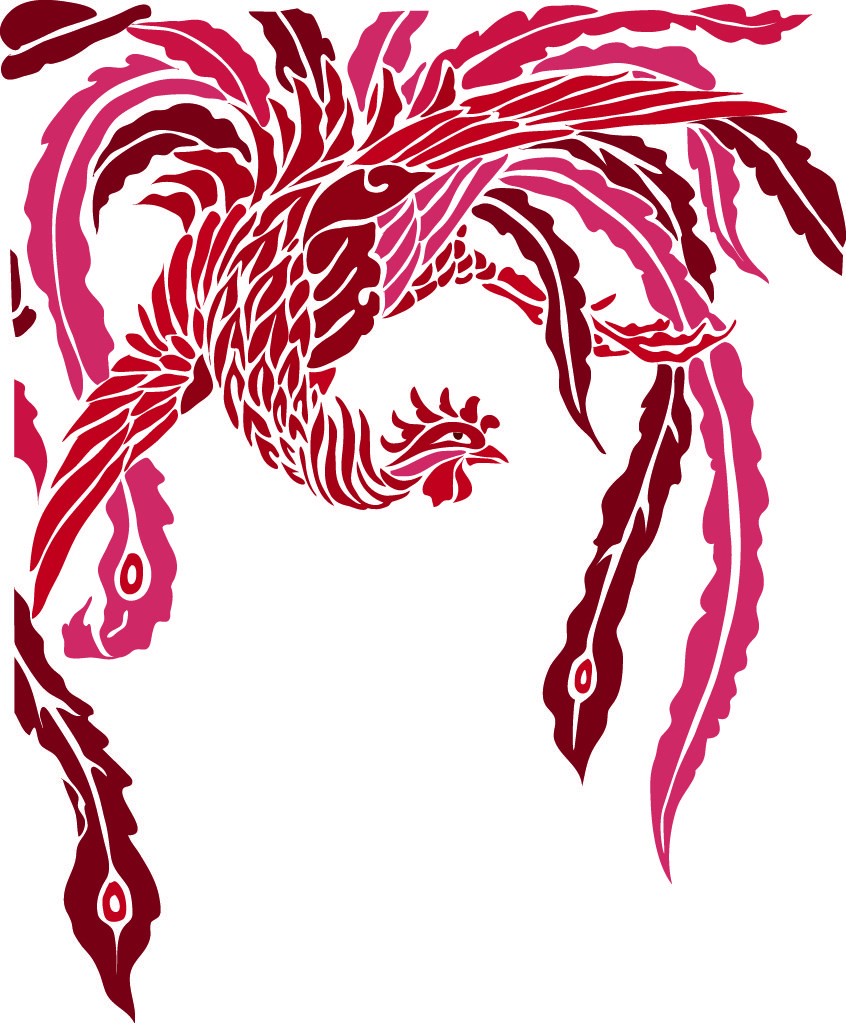Japanese American Community in Chicago
The city of Chicago already had migrants from Japan by the end of the nineteenth century, and the University of Chicago had Japanese American students as well. But Chicago saw an influx of Japanese Americans during the latter years of World War II, as they began to be released from the internment camps. Release was granted for Japanese Americans who were able to find employment and housing, and who could prove themselves good citizens. Since they were not allowed to return to the West Coast, they were dispersed to large cities east of the Rocky Mountains for resettlement.
Chicago soon became the largest hub for such resettling Japanese Americans, as they began new lives in the following neighborhoods: Oakland and Kenwood, Hyde Park and Woodlawn, Near Northside, Far Northside, and greater Westside. Oakland and Kenwood boasted the largest concentration with about thirty percent of Chicago’s Japanese American population; and after the war the area continued to welcome former Japanese internees, Japanese American war veterans, and Japanese war brides.
New zoning laws in the late 1940s quickly changed the racial demography of the area, and the Japanese and Japanese Americans—once the largest non-white group in the neighborhoods—became the second largest by the early 1950s. Because of the intensifying racial tension and negotiation as well as the series of urban renewals that ensued, more people chose to leave the area, which led to the community dissolving.
The existence of this once-bustling community of Japanese and Japanese Americans on the South Side was easily forgotten. The racial categorization at the time was simply "white” or “non-white,” and a shrinking population of Japanese Americans was no longer a vital part of the community, as they became a small minority within the non-white category.
But thanks to contributions of former and current residents, presented here is a bricolage of their past everyday lives.

